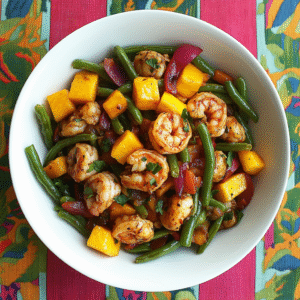Ginataang Hipon Kalabasa at Simple Recipe is a beloved Filipino dish known for its rich, creamy flavor and comforting warmth. Made with fresh shrimp (hipon), squash (kalabasa), and coconut milk (gata), it perfectly captures the essence of traditional Filipino home cooking. This dish combines the sweetness of vegetables with the savory taste of seafood, creating a hearty meal that’s both nutritious and satisfying.
One of the best things about Ginataang Hipon Kalabasa is how adaptable and easy it is to prepare. Whether you’re an experienced cook or a beginner in the kitchen, you can follow a simple recipe to enjoy this flavorful dish. With just a few basic ingredients like garlic, onions, shrimp, kalabasa, and coconut milk, you can whip up a delicious meal that’s perfect for any day of the week.
If you’re looking for a comforting and budget-friendly dish, this simple recipe for Ginataang Hipon Kalabasa is a great place to start. It’s not only quick to cook but also allows you to explore traditional Filipino flavors in an easy and accessible way. Whether served with rice or eaten on its own, this dish is sure to become a staple on your table.
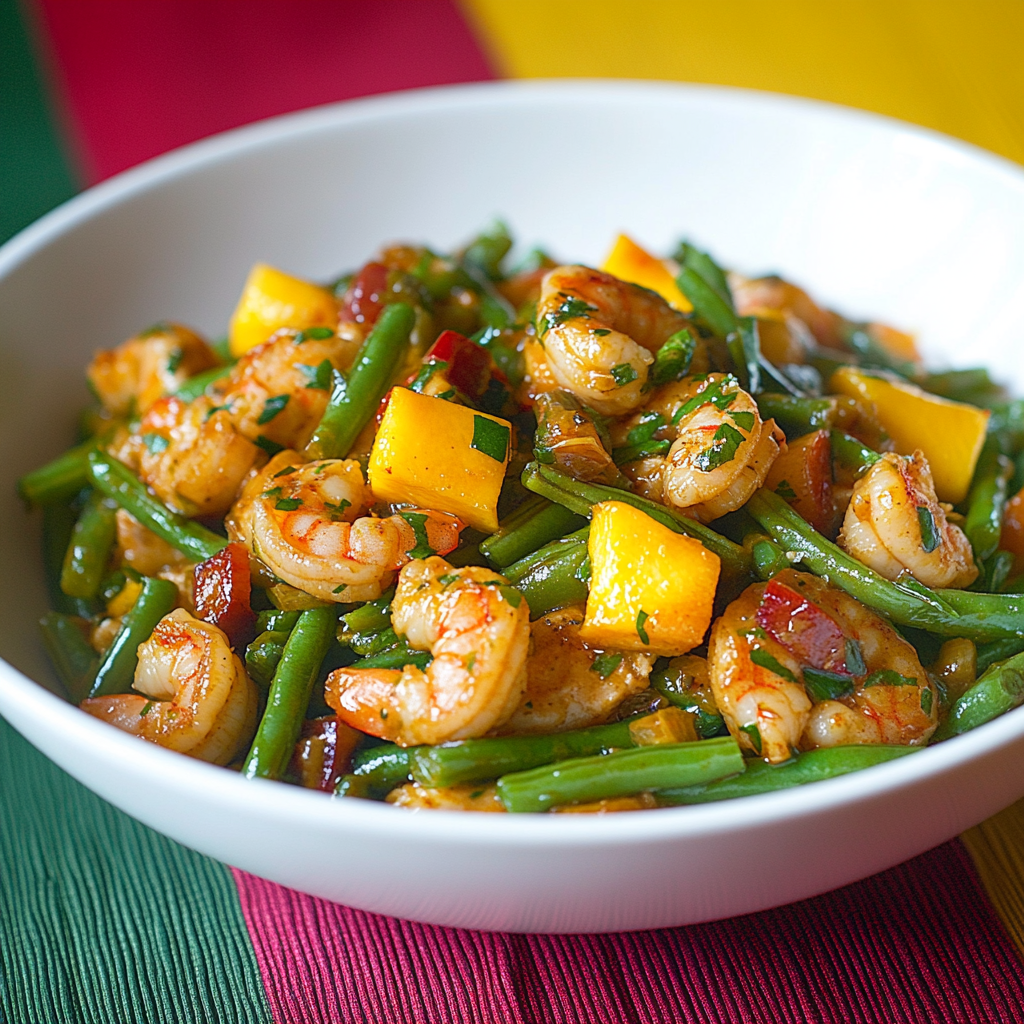
- What is Ginataang Hipon Kalabasa?
- Why You’ll Love This Simple Recipe
- Tips for Making the Best Ginataang Hipon Kalabasa
- Why Ginataang Dishes Are So Popular in Filipino Cuisine
- Health Benefits of Ginataang Hipon Kalabasa
- Vegetarian or Vegan Version
- Common Mistakes to Avoid
- Pairing Ginataang Hipon Kalabasa with Other Filipino Dishes
- Using Fresh vs. Canned Coconut Milk
- Perfect Occasions to Serve This Dish
- Beginner Tips: First Time Cooking Ginataang?
- Cultural Meaning Behind 'Ginataan' Dishes
- How to Make It Spicy, Creamier, or More Flavorful
- Ginataang Hipon Kalabasa at Simple Recipe From DishBloom!
- Conclusion
- FAQs: Ginataang Hipon Kalabasa at Simple Recipe
- Share Your Twist!
What is Ginataang Hipon Kalabasa?
Ginataang Hipon Kalabasa is a traditional Filipino dish made with shrimp (hipon), squash (kalabasa), and coconut milk (gata). The word “ginataang” refers to any dish cooked in coconut milk, giving the meal a creamy, savory flavor that Filipinos love. The dish is both comforting and filling perfect for lunch or dinner with a serving of warm rice.
Why You’ll Love This Simple Recipe
This version of Ginataang Hipon Kalabasa is ideal for busy home cooks because it uses minimal ingredients and easy steps. With just a few pantry staples and fresh seafood and vegetables, you can prepare a wholesome dish in under 40 minutes. It’s perfect for anyone craving home-cooked Filipino food without the hassle of a complicated recipe.
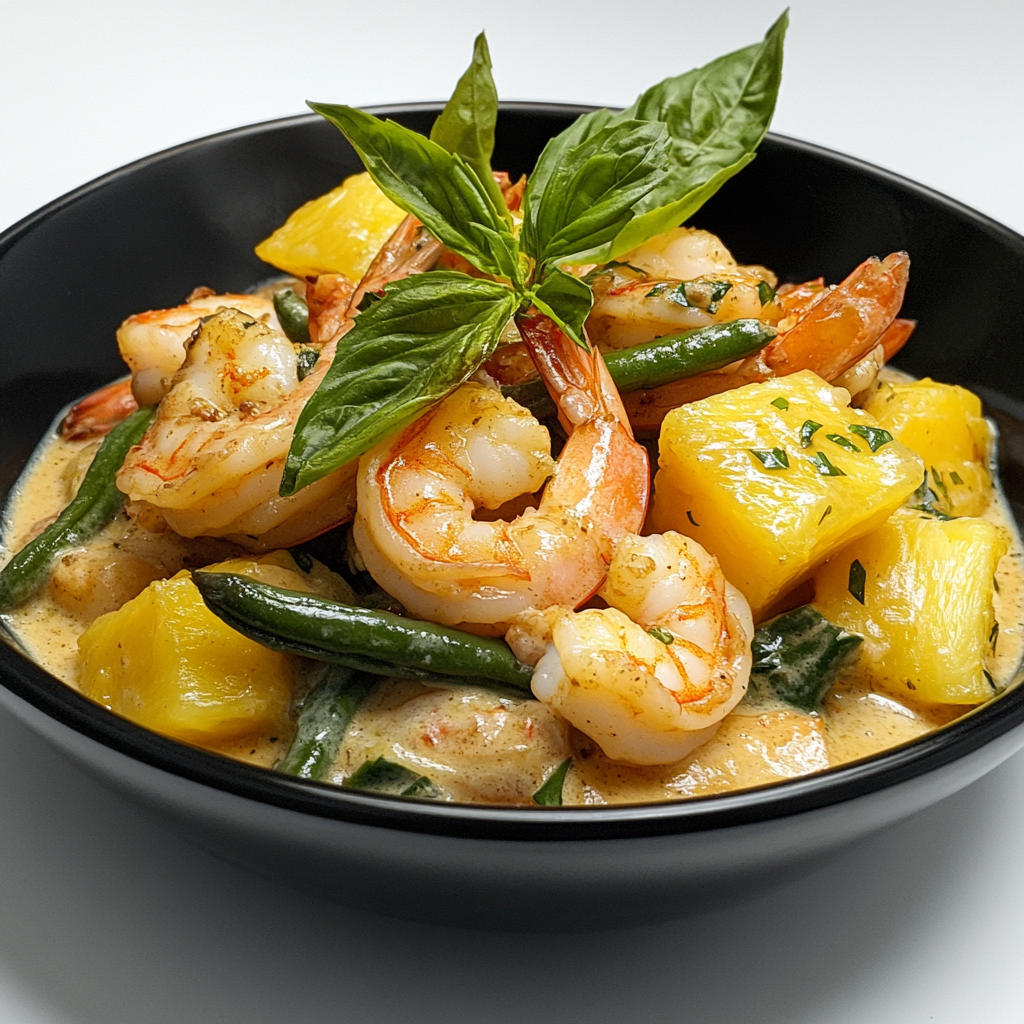
3. Key Ingredients You’ll Need
- Shrimp (Hipon): Fresh or frozen, peeled or with shells for added flavor.
- Kalabasa (Squash): Adds natural sweetness and soft texture.
- Coconut Milk (Gata): The creamy base that binds all flavors together.
- Aromatics: Garlic and onion to bring out deep, savory notes.
- Optional Veggies: String beans (sitaw), chili, or malunggay for extra nutrition.
Each ingredient contributes to the rich taste of the dish, and you can adjust quantities depending on your preference.
Step-by-Step Cooking Instructions
- Sauté aromatics – Heat oil in a pan and sauté garlic and onions until fragrant.
- Cook kalabasa – Add diced squash and cook for a few minutes to soften.
- Add coconut milk – Pour in the coconut milk and let it simmer until the squash is tender.
- Add shrimp – Toss in the shrimp and cook until they turn pink (3–5 minutes).
- Season and serve – Add salt, pepper, and optional chili. Serve hot with rice.
This cooking method is straightforward and doesn’t require any special equipment just a single pot or pan!
Tips for Making the Best Ginataang Hipon Kalabasa
- Use fresh shrimp for better flavor and texture.
- Don’t overcook the shrimp—they become rubbery if left too long.
- If you want a thicker sauce, let the coconut milk simmer longer before adding shrimp.
- Add a bit of fish sauce or shrimp paste for extra umami.
- For a healthier version, skip oil and use lean coconut milk.
Serving Suggestions and Variations
Serve this dish over hot white rice or even garlic rice for added flavor. You can also experiment by adding other vegetables like eggplant, okra, or even leafy greens. If you like spicy food, slice up some red chili and mix it in for a kick of heat.

Why Ginataang Dishes Are So Popular in Filipino Cuisine
Coconut milk is a staple in many Filipino households. It’s used in both savory dishes and desserts, thanks to its creamy consistency and mild sweetness. Ginataang Hipon Kalabasa is just one of many “ginataan” dishes that showcase the Filipino love for comforting, rich, and flavorful meals.
Health Benefits of Ginataang Hipon Kalabasa
Here’s a clear, organized table highlighting the Health Benefits of Ginataang Hipon Kalabasa:
| Ingredient | Health Benefit |
|---|---|
| Shrimp (Hipon) | High in protein, low in fat; rich in iodine, zinc, and antioxidants; supports muscle health and metabolism. |
| Kalabasa (Squash) | Rich in beta-carotene (Vitamin A), fiber, and antioxidants; promotes good vision, immune support, and digestion. |
| Coconut Milk (Gata) | Contains medium-chain triglycerides (MCTs) that provide quick energy and may aid digestion and heart health. |
| Garlic and Onion | Have anti-inflammatory and immune-boosting properties; promote heart health. |
| Optional Vegetables (e.g., Sitaw) | Adds fiber, vitamins, and minerals for overall nutritional balance. |
Would you like this as an image or formatted for a report?
How to Choose the Best Ingredients
- Shrimp: Choose medium to large shrimp with firm flesh and a clean, briny smell. Frozen is fine, but fresh is best if available.
- Kalabasa: Look for squash that’s firm and heavy for its size, with a bright orange flesh.
- Coconut milk: Use fresh gata if possible, or go for canned versions with no added sugar or preservatives for convenience.
Choosing fresh, high-quality ingredients makes a huge difference in flavor and texture.
Budget-Friendly Meal Idea
Ginataang Hipon Kalabasa is a great option for families on a budget. A little goes a long way, and you can stretch the recipe by:
- Using more vegetables like sitaw (string beans), okra, or eggplant.
- Adding tofu or fish instead of shrimp if you’re looking to save.
- Serving with rice, which makes the dish more filling and economical.
It’s a perfect example of a tasty and affordable home-cooked meal.
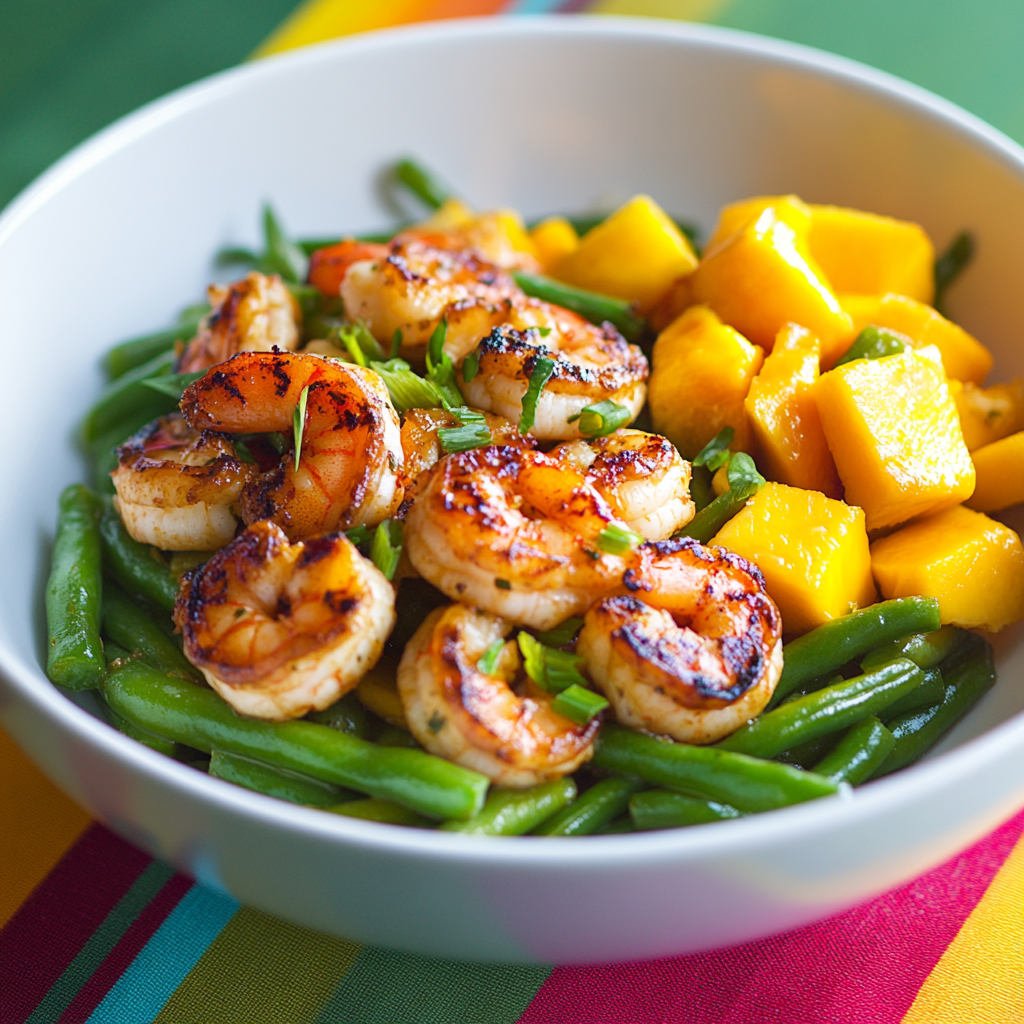
How to Store and Reheat Leftovers
This dish stores well and even tastes better the next day as the flavors develop:
- Storage: Let the dish cool completely and store in an airtight container in the fridge for up to 3 days.
- Reheating: Warm it over low heat on the stove, adding a splash of water or coconut milk to loosen the sauce.
Avoid microwaving shrimp too long, as it can become rubbery. Gentle reheating works best.
Vegetarian or Vegan Version
Want to skip the seafood? You can still enjoy Ginataang Kalabasa:
- Replace shrimp with tofu, mushrooms, or chickpeas for protein.
- Use vegetable broth to enhance the flavor without animal products.
- Add more green vegetables like spinach or malunggay (moringa leaves) for extra nutrients.
This version is perfect for those following a plant-based or pescatarian diet.
Common Mistakes to Avoid
- Overcooking the shrimp: They only need a few minutes. Once they turn pink and curl slightly, they’re done.
- Boiling the coconut milk: High heat can cause gata to separate. Always simmer gently.
- Adding shrimp too early: Always add shrimp near the end to avoid a rubbery texture.
Being mindful of these tips ensures a perfect dish every time.

Pairing Ginataang Hipon Kalabasa with Other Filipino Dishes
Make it part of a larger Filipino spread! Try pairing it with:
- Fried Tilapia or Daing na Bangus for a seafood feast.
- Lumpiang Shanghai or Tortang Talong as side dishes.
- Manggang Hilaw (green mangoes) with bagoong for a tangy contrast.
A full Pinoy meal brings family and friends together around the table.
Regional Variations of Ginataang Hipon
Across the Philippines, Ginataang Hipon is prepared in different ways:
- In Bicol, it’s typically spicy, with the addition of siling labuyo (bird’s eye chili).
- In Visayas, locals may use ubod (heart of palm) or add malunggay leaves.
- In Luzon, many prefer a mild version with more kalabasa and coconut cream.
These variations reflect local tastes and available ingredients feel free to experiment based on your preferences!
Using Fresh vs. Canned Coconut Milk
You can make Ginataang dishes using:
- Fresh gata (from grated coconut) for the most authentic and creamy taste.
- Canned coconut milk for convenience—just make sure to shake the can well.
- Powdered coconut milk as a backup option when fresh or canned isn’t available. Mix it with hot water and adjust consistency as needed.
Each version works, but the richness and texture may vary slightly. Fresh is best when you want a more traditional flavor.
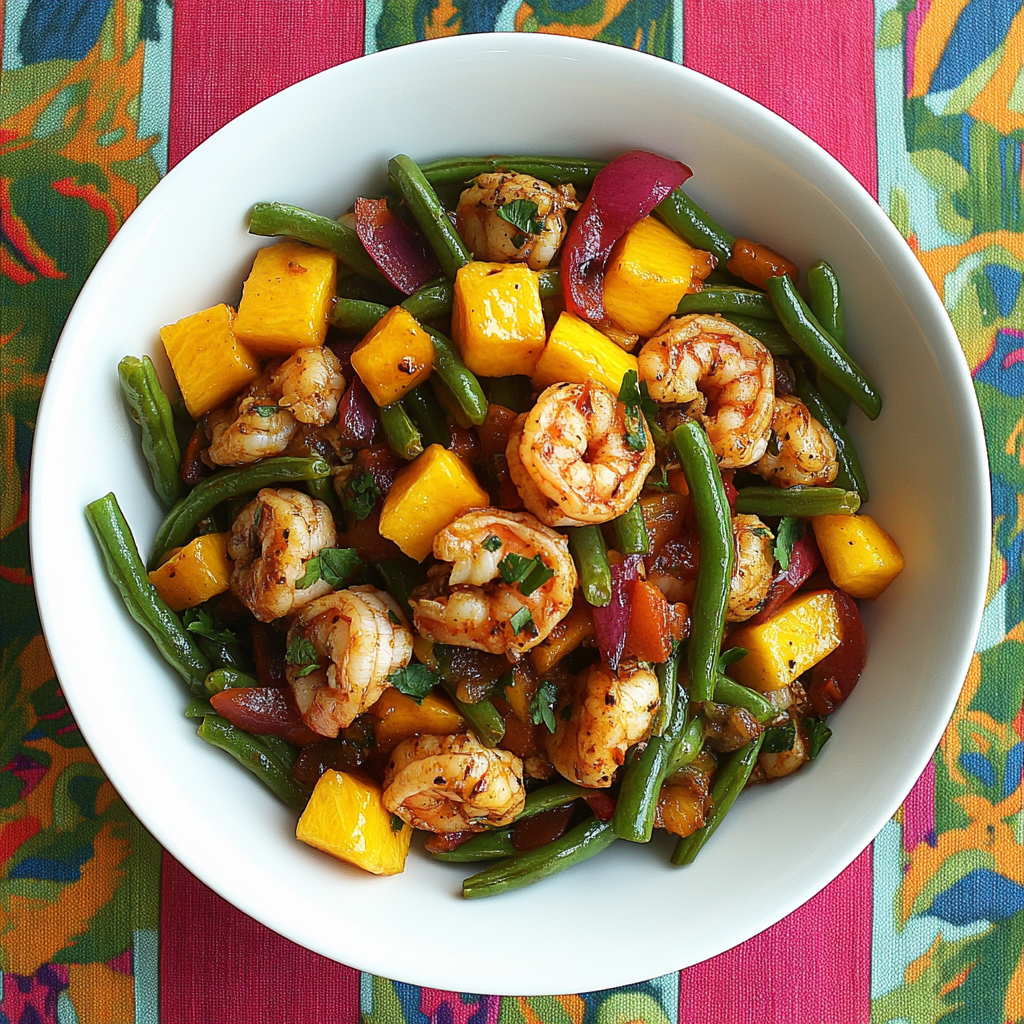
Perfect Occasions to Serve This Dish
Ginataang Hipon Kalabasa fits many occasions:
- Family dinners – a comforting, homey dish everyone enjoys.
- Fiestas and potlucks – serve it in a bilao or clay pot for a rustic, festive look.
- Rainy days – the warmth of the gata and tender squash make it ideal for cooler weather.
It’s one of those dishes that always feels special, even if it’s simple to make.
Beginner Tips: First Time Cooking Ginataang?
If you’re new to Filipino cooking, this recipe is a great starting point:
- Prep everything before cooking – slicing, cleaning shrimp, and measuring ingredients ahead of time helps a lot.
- Taste as you go – the sweetness of the kalabasa and saltiness of the shrimp can vary, so adjust your seasoning gradually.
- Don’t rush the simmer – letting the coconut milk gently reduce gives a thicker, tastier sauce.
Confidence grows with every pot you cook!
Cultural Meaning Behind ‘Ginataan’ Dishes
“Ginataan” means “cooked in coconut milk,” and it’s a technique found in both savory and sweet Filipino dishes:
- Ginataang Langka (jackfruit), Ginataang Sitaw at Kalabasa (long beans and squash), and Ginataang Tilapia are just a few savory types.
- There are also sweet varieties like Ginataang Bilo-Bilo or Ginataang Mais (with sticky rice and coconut milk).
Coconut milk is more than an ingredient it’s a symbol of comfort, home, and tradition in the Philippines.
How to Make It Spicy, Creamier, or More Flavorful
You can adjust this simple recipe to match your flavor preferences:
- For spice, add red chili flakes or fresh siling labuyo.
- For extra creaminess, use kakang gata (first press coconut cream) and simmer without covering the pot.
- For umami depth, try adding a spoonful of bagoong alamang (fermented shrimp paste) or a dash of patis (fish sauce).
These little tweaks can elevate your Ginataang Hipon Kalabasa to restaurant-level deliciousness.
Ginataang Hipon Kalabasa at Simple Recipe From DishBloom!
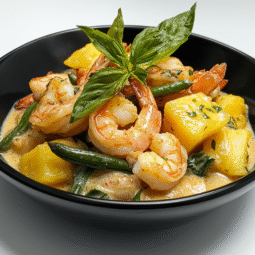
Ginataang Hipon Kalabasa
Equipment
- Large skillet or wok
- Knife and chopping board
- Measuring cups and spoons
- Cooking spoon
- Bowl (for cleaning shrimp
Ingredients
- Main:
- 500 g shrimp with shell or peeled, deveined
- 2 cups kalabasa squash, peeled and cubed
- 1 ½ cups coconut milk gata
- 1 small onion chopped
- 3 cloves garlic minced
- 1 tbsp cooking oil
- Salt and pepper to taste
- Optional Add-ins:
- 1 cup sitaw string beans, cut into 2-inch pieces
- 1 red chili siling labuyo, sliced (for spice)
- 1 tbsp fish sauce or bagoong for umami flavor
- ½ cup coconut cream kakang gata for extra richness
Instructions
- Prepare the ingredients: Clean the shrimp and set aside. Peel and cube the squash. Chop onion and garlic.
- Sauté aromatics: In a pan over medium heat, add cooking oil. Sauté garlic and onion until soft and fragrant.
- Cook squash: Add kalabasa cubes and stir for 2–3 minutes. Pour in coconut milk. Simmer uncovered until the squash is tender (about 10–12 minutes).
- Add shrimp: Once the squash is soft, add the shrimp. Cook for 3–5 minutes or until the shrimp turn pink.
- Season: Add salt, pepper, and optional fish sauce or bagoong. Stir well.
- Add optional ingredients: If using sitaw or chili, add them now. Simmer for another 2 minutes.
- Serve: Remove from heat. Serve hot with steamed rice.

Notes
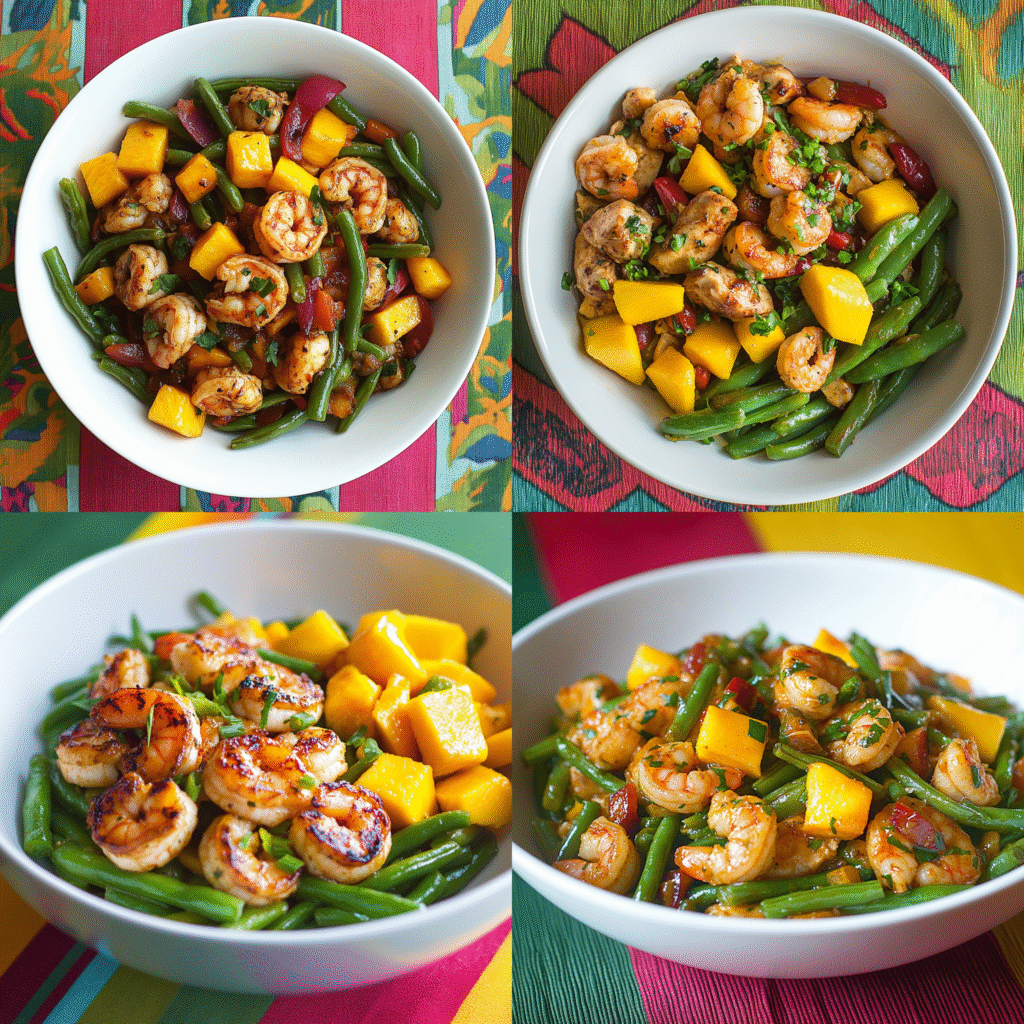
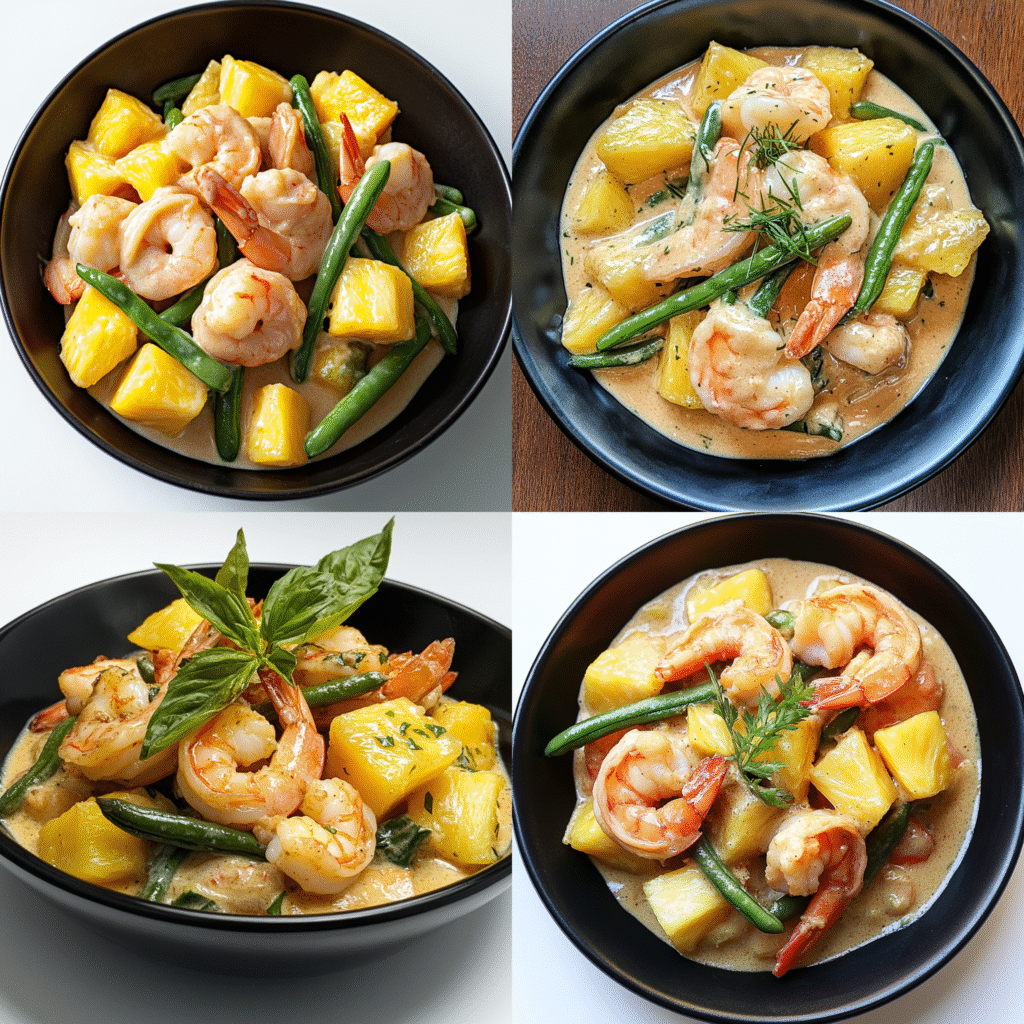
Conclusion
Ginataang Hipon Kalabasa is more than just a flavorful Filipino dish—it’s a comforting meal that showcases the rich culinary traditions of the Philippines. The combination of tender shrimp, sweet kalabasa, and creamy coconut milk creates a perfect harmony of flavors that is both satisfying and nourishing. Its simplicity in preparation makes it ideal for busy home cooks who still want to enjoy authentic, home-cooked Filipino food.
Besides being delicious, this dish offers numerous health benefits. The shrimp provides a good source of lean protein and essential minerals, while the kalabasa supplies vitamins and fiber that support overall health. Coconut milk adds healthy fats that enhance energy and digestion. Together, these ingredients create a balanced and wholesome meal that fuels the body while delighting the taste buds.
Whether you’re preparing this dish for a family gathering, a special occasion, or just a cozy weekday dinner, Ginataang Hipon Kalabasa brings warmth and tradition to the table. Its creamy texture and rich flavors invite everyone to enjoy a hearty, satisfying meal that truly embodies the spirit of Filipino home cooking. With its versatility and ease of preparation, it’s a recipe worth keeping in your kitchen repertoire.
FAQs: Ginataang Hipon Kalabasa at Simple Recipe
Frequently Asked Questions (FAQ)
Can I use frozen shrimp in the Ginataang Hipon Kalabasa recipe?
Yes, you can use frozen shrimp as long as it is properly thawed and rinsed before cooking.
What is a good substitute for kalabasa if it’s not available?
You can use butternut squash or kabocha squash as a good alternative to kalabasa.
Can I skip garlic or onion in the recipe?
Yes, you can skip them if you have allergies, but they add depth and flavor to the dish.
Share Your Twist!
Have you tried making Ginataang Hipon Kalabasa with your own special touch? Maybe you added a spicy kick with extra chili, swapped the shrimp for tofu to make it vegetarian, or included other veggies like eggplant or malunggay leaves. We’d love to hear how you make this classic dish your own!
Feel free to experiment with different ingredients or seasonings to suit your taste and lifestyle. Share your unique versions, tips, or secret ingredients in the comments or on social media—tag us so we can see your delicious creations! Your twist might inspire others to try new flavors and keep this beloved Filipino recipe alive and evolving.
Cooking is all about creativity and sharing love through food. So don’t be shy—add your flair and let’s celebrate the many wonderful ways Ginataang Hipon Kalabasa can be enjoyed!
References :
Keto Tex-Mex Ground Beef Casserole

